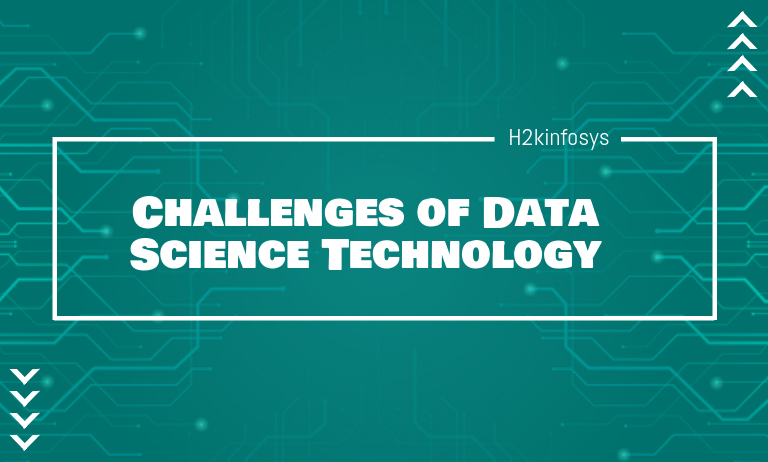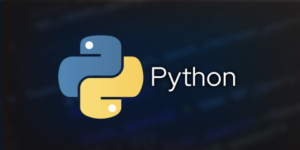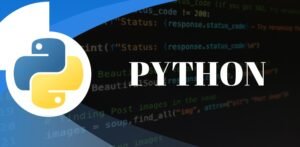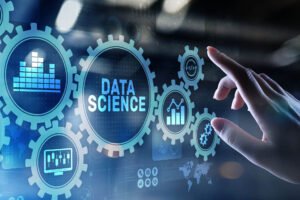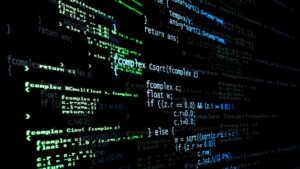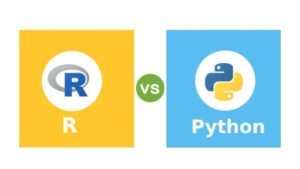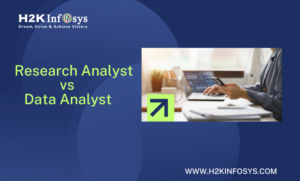Problem-Identification:
One of the significant concerns in analyzing a problem is identifying it accurately for designing a better solution and defining each and every aspect of it. We have also seen data scientists trying the mechanical approach by starting their work on data and tools without having a clear understanding of the client’s business requirement.
Accessing the Right Data:
It is important to approach your hands on the right kind of data for the right analysis that can be a little time consuming, as you need to access the data in the proper format. There might be some issues ranging from hidden data and insufficient data volume to less data variety. It is a kind of challenge to gain permission for accessing the data from various businesses. You also need to know how dangerous are fake chargers and its consequences.
Cleansing of the Data:
Big data is considered a little bit expensive for generating more revenue because data cleansing is making trouble-operating expenses. It can also be a nightmare for every data scientist to work with the databases full of inconsistencies and anomalies because unwanted data leads to undesirable results. Here, they work with lots of data and spend a vast amount of time sanitizing the data before analyzing it.
Lack of Professionals:
It is also one of the biggest misconceptions to expect that the data scientists are good at high-end tools and mechanisms. However, they, too, need to have possessed a piece of sound knowledge and gain subject depth. Data scientists are considered bridging the gap between the IT department and top management as domain expertise is required to convey the business’s needs to the IT department and vice Versa.
Identifying the Issue:
The most formidable challenge faced by data scientists while examining a real-time problem is identifying the issue. They not only have to understand the data but also make it readable for the ordinary person. The insights from the analysis should also remove the significant glitches and hiccups in the business. Data scientists can use dashboard software that offers an array of visualization widgets for making data meaningful.
Data Quality:
Machine learning algorithms and deep learning algorithms can beat human intelligence. Algorithms are ideal at learning to do exactly what they are taught to do, but the problem occurred when the data gave poorly curated. For instance, Microsoft’s Tay chatbot learned about the tweets on the internet and ultimately ended up chaotic. Machine language is a boon as well as a bane, they have the immense power to learn things so quickly, but they will be only able to reproduce what they have been told. Hence, data quality is of great importance, and data scientists will have the herculean task to curate data.
Data Quantity:
For a data scientist, the development of a robust model is of top priority. Even a complicated problem requires an intense model with more crucial model parameters. More the model parameters, the more are the data requirement. Also, it is quite challenging to find quality data to train those models. Even unsupervised learning or algorithms demand a vast amount of data to form a meaningful output.
Multiple Data Sources:
Big data allows data scientists to reach the vast and wide range of data from various platforms and software. However, handling such huge data poses a challenge to the data scientist. This data will be most useful when it is appropriately utilized. To an extent, this problem could be solved with the help of virtual data warehouses that can effectively connect data from enumerable locations using cloud-based integrated data platforms. The deeper the reach of data, the more useful insights and conclusions.
Lack of Domain Knowledge:
This challenge is applied to a beginner Data Scientist in the organization than the one who has more years of work experience as a Data Scientist in the same organization. Someone who has just started or is a fresh graduate has all the statistical skills and techniques to play with the data, but it is difficult to get the right results without the right domain understanding. A person with a particular domain knowledge knows what works and what doesn’t, which is not the cause for a newbie.
Though domain expertise doesn’t come overnight and takes time spending and working in a particular domain, one could take up datasets across the various domains and try to apply their Data Science skills to solve problems. In doing so, the person may get accustomed to the data across various domains and may get an idea about the variables or the features that are generally used.
Communication of the Results:
Managers or Stakeholders of the company are often ignorant of the tools and the models’ operational structure. They must make business decisions based on what they see in front of the charts or the graphs or the results communicated by a Data Scientist. Sharing the technical terms developments would not help much as people at the helm would struggle to decide what is being said. Thus, one explains in nonprofessional terms their findings and even uses the metric, and the KPIs finalized at the starting to present their findings. This will entail the business to evaluate their performance and conclude what key ground improvements have to be done to grow the business.
Data Security:
Data Security is a significant challenge in today’s world. The plethora of data sources that are interconnected has made it susceptible to attacks from hackers. Thus the Data scientists are struggling to get consent to use the data due to the lack of certainty and the vulnerability. Following the global data protection is one way to ensure data security. The use of cloud platforms or additional security checks could also be implemented. Additionally, Machine Learning could also be used to protect against cyber-crimes or fraudulent behaviors.
